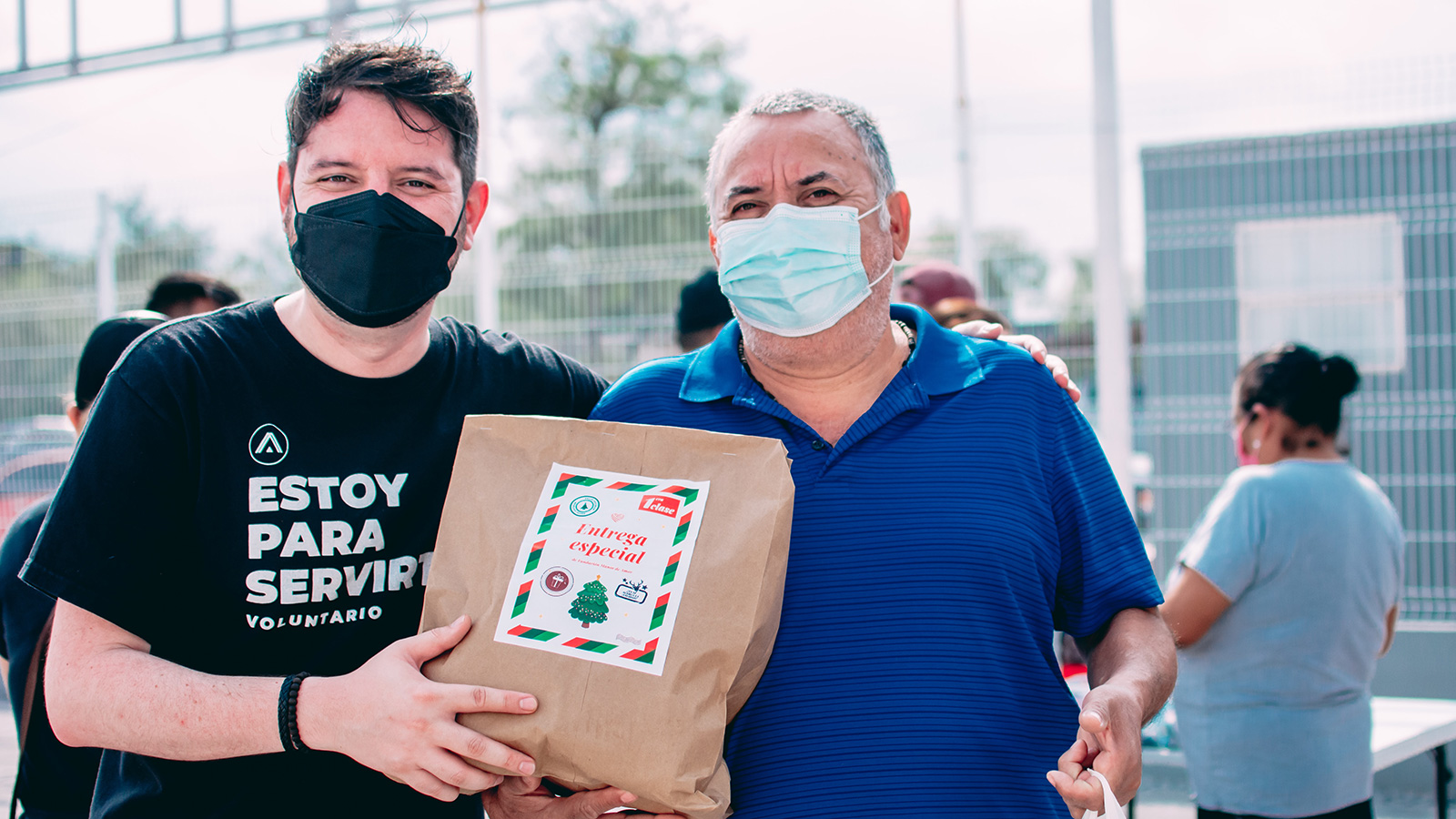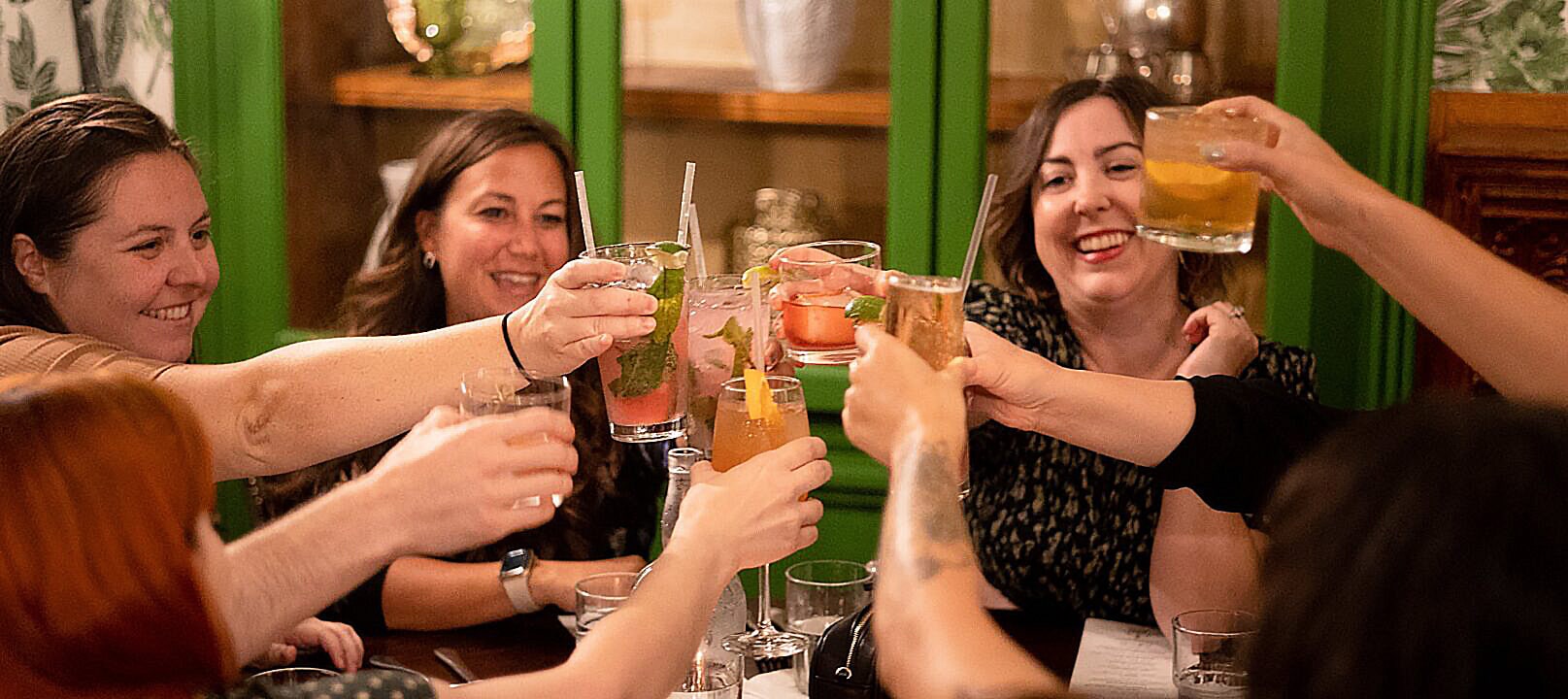September 13, 2022
How Nonprofits and Foundations Navigated the Pandemic

Over the past several months, our team at Push10 reached out to a number of foundations and nonprofits across the U.S. We wanted to know how organizations are adjusting their brand messaging and marketing strategies to connect with their core audiences despite the ongoing impact of COVID-19.
According to a report from The Center for Effective Philanthropy, most nonprofit leaders reported in a 2021 survey that the COVID-19 pandemic has had negative impacts on their organizations and has affected their programming, revenue, demand, and costs. However, the majority of organizations we spoke with had a significantly more positive outlook.
It’s no secret that COVID-19 had a huge impact on nonprofits’ marketing strategies. Across the board, the foundations we interviewed had to transform their digital presence at a rapid pace. Traditional forms of in-person outreach were no longer an option. Many were not prepared for the increased focus on their web presence and had to fast-track digital updates to facilitate remote events and improve accessibility for all. Strategic partnerships became increasingly valuable, as foundations and nonprofits pooled their resources in response to the pandemic.
It’s been over two years since COVID-19 changed the world forever, and as the most extreme impacts of the pandemic are now behind us, the world is slowly returning to normal. As we were researching this article, we wanted to learn more about how organizations pivoted their brands during the pandemic. Specifically, we wanted to uncover what worked, what didn’t, and which new marketing tactics are here to stay.

The Nonprofit Finance Fund (NFF) conducted a survey that found the vast majority (88 percent) of nonprofit officials said they developed new or different ways of working during the coronavirus pandemic that led to positive outcomes.
Prior to the pandemic, most of the foundations we interviewed focused on connecting with audiences in-person at community events. That had to change.
Matt Martin-Hall, Creative & Marketing Director for the Freedom Writers Foundation in Long Beach, CA, quickly recognized the need to adapt their marketing strategies during the pandemic.
“We had to shift very quickly from non-digital programming to a digital platform during a time when everyone was in panic mode,” Martin-Hall said. “We went full-bore into this pivot to an online platform focused on supporting our teachers. It worked, and it worked immediately.”
The foundation developed online content, videos, lesson plans all in a free Google Drive connected to Google Form. They built a new email audience and maintained contact with them, amassing 1,500 teachers from around the world who distributed online content to their students.
At Making Waves Foundation in Richmond, California, Director of Marketing and Storytelling Bonnie Shea took an opportunity to step back during the pandemic and take a high-level view of their marketing efforts.
“The pandemic caused a massive disruption in the field of education,” Shea said. “Knowing people are spending more time online, we launched a new website with a better mobile experience and SEO along with more capabilities for sharing stories. We are also working on a brand analysis to clarify our positioning while building community and showing value to our audiences.”
For the at-risk population, the pandemic heightened the importance of support and education in the community. The United Mitochondrial Disease Foundation had one of its most successful fundraising drives in history as the donor community stepped up to the plate in a big way.
“We expanded our online fundraising operations with creative, attractive and engaging campaigns,” said President and CEO Brian Harman. “We wanted to improve engagement and connect with families.”
Bayside, California-based Humboldt Area Foundation was forced to close its community centers during COVID, and they, like many, took their communications online. Their donor relations team, however, heard from many community members that they preferred a more traditional marketing approach – newspaper advertising.
“Everything took a knee-jerk switch to digital, and some audiences didn’t like that,” said Jarad Petroske, director of marketing. “There’s a whole population that wasn’t comfortable with that and didn’t want that to happen. We had to make sure we were operating in both the digital and legacy worlds.”
Across the board, foundations found success utilizing tried and tested strategies, including leveraging partnerships, taking advantage of user-generated content and remaining flexible in a time of uncertainty. COVID-19 forced organizations to move to remote events and moving forward, most future events will contain a remote component, allowing people from all over the world to attend and engage. As a result, marketing initiatives can expand their reach beyond traditional geographical boundaries and connect with new, broader audiences.
If you’d like to add to the conversation about how the pandemic has impacted your organization, please reach out to lisa@push10.com.


